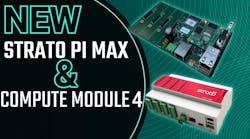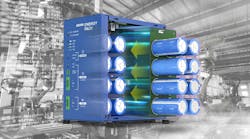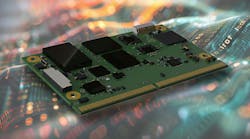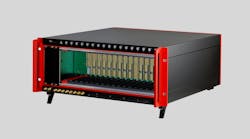COM Express Type 7, the new pin-out specification from the PCI Industrial Computer Manufacturers Group (PICMG), is the first module specification dedicated to server technologies. It’s also the first to provide 10-GbE support on the module. This article aims to debunk the myths circulating around COM Express Type 7 and specifies its position in the market.
1. COM Express Type 7 will never become available as an official PICMG standard.
This is false. Admittedly, it took several months for the official release statement of the COM Express 3.0 specification with the new pin-out Type 7. However, since summer 2016, we have seen a PICMG preview launch of the specification and the new specification is now officially available. The predecessor revision 2.1 was launched in 2012, which underscores one of the key benefits offered by module specifications: Long-term availability of identical interfaces and functions even with changing processor generations. With this long-term perspective, it’s not that important whether it takes a few months longer to officially release a specification. It’s more important that it’s done well to ensure availability for many years to come.
2. COM Express Type 7 substitutes COM Express Type 6.
No. COM Express Type 7 is a server-on-module specification. That separates this pin-out specification from all other computer-on-modules: It’s optimized for the demands of embedded edge servers and not for standard embedded computers. Therefore, the new PICMG specification provides, for the first time, an open standard module that can be used effectively in any server design ranging from IoT edge or fog servers and local industrial clouds to carrier-grade installations, including server farms for content distribution.








